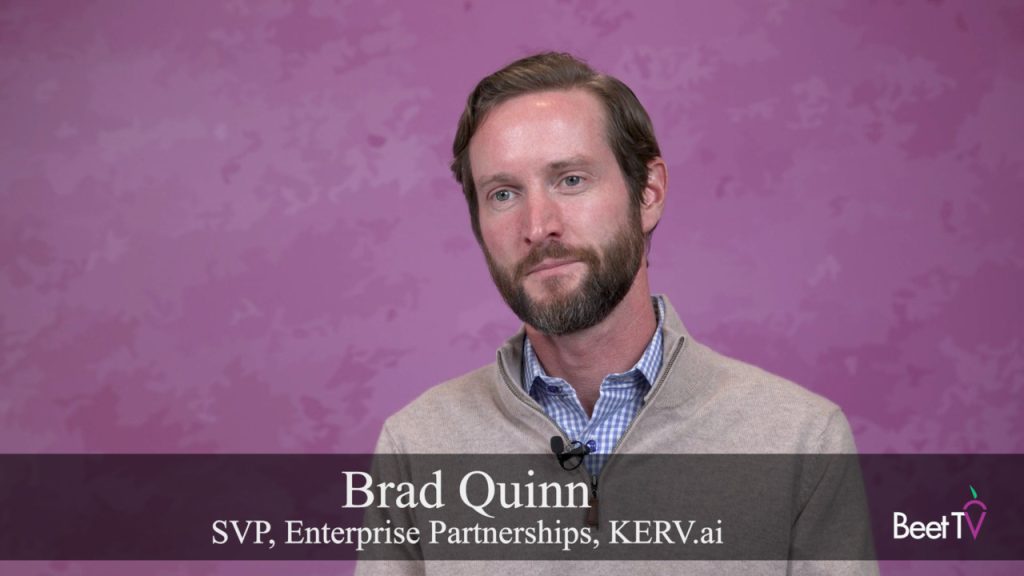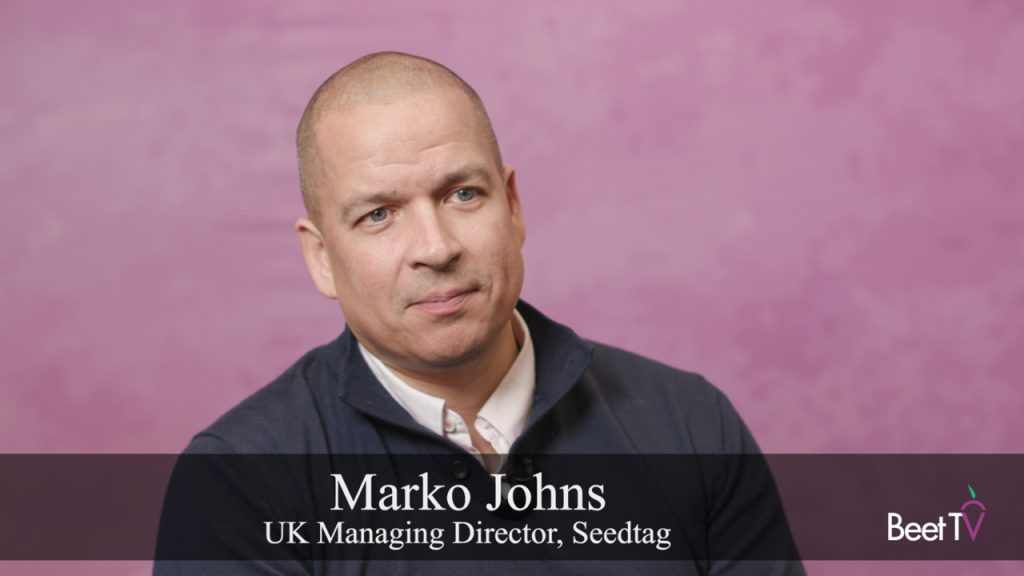MIAMI — Recent estimates of the number of addressable US TV households count about 45m properties. The ability to target individual households with different ads at different times is now real.
“Over the last three years, (I’ve done) … 250 campaigns, addressable to the household,” recalls Tracey Scheppach, the former long-time SMG advanced TV exec who recently left to form her own Matter More Media.
“Over $100 million we’ve spent in the market. A lot of campaigns. So this is not a test and learn thing anymore.”
Scheppach was speaking on a panel convened by Beet.TV to discuss the emerging strengths and weaknesses inside the opportunity.
Success inside failure
Scheppach and Jamie Power, managing partner at GroupM’s advanced TV unit MODI Media, had seemingly different takes on what happens what addressable TV ad campaigns fail.
“The value that’s brought is not only when a campaign works, but it’s also when a campaign doesn’t work,” Power said. “At the end of the campaign, if the campaign doesn’t work, I know why the campaign didn’t work.
“The retention rate is 85%, but, you know, there are a lot of times that it doesn’t work and we’re able to use that data and it’s really powerful to bring the advertiser back and do it bigger and better next time.”
But Scheppach commented: “I’ve used 29 different data providers to deliver those 250 campaigns. I see that addressable works for every single client. I have not had a failed campaign yet.”
The real question, Scheppach said is, “Does addressable work for everyone?” But that is just a function of the price put on the campaign, she said.
So, if the technology and the strategy is in place, what is left to do as addressable grows up? Both execs have a wishlist.
Addressable wishlist: Jamie Power
“In order to scale it, you actually do need some standards. Right now, the product is great, but everyone’s still doing it differently. A simple thing like media delivery … the impressions that ran, not only are we getting in a different format from each of the MVPDs, they have different methodologies.
“How do you scale this into a marketplace, especially when you want national broadcast buyers who are used to accountability and scale and standards when we still don’t have standards? The easiest thing to fix would be a standard media delivery report.”
Addressable wishlist: Tracey Scheppach
“I would love more inventory in the marketplace. We’re very fortunate that two satellite providers kind of got the real party started, so we had national scale. But, even when we’re stretching the number, 52 million households, it’s still 1% of the inventory.
“I would love to see Charter to deploy, I would love to see over-the-top be addressable. I would love to see the national programmers start to have a real conversation with operators about enabling their inventory. The one thing that we need, that would make me happy, would be to grow the inventory source from 1% to 25% by the end of the decade.”
This panel was moderated by The Vertere Group CEO Tim Hanlon.
This panel was conducted at Beet Retreat 2016: The Transformation of Television Advertising, an executive retreat presented by Videology with AT&T AdWorks and the 605. Please find more videos from the event here.


























